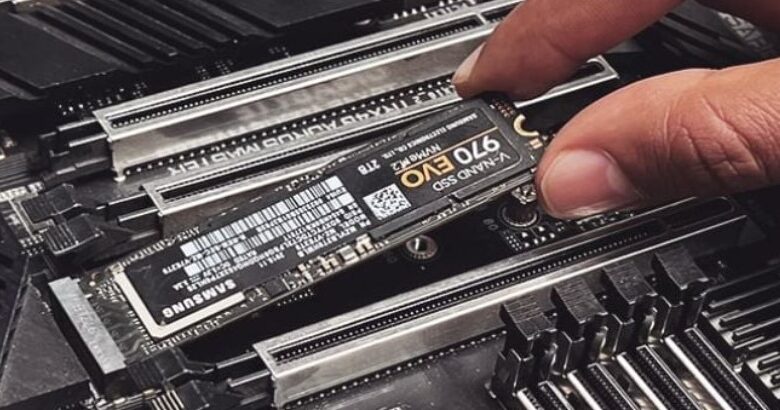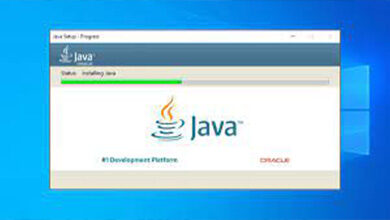
Solid-state drives (SSDs) are gradually becoming the superior option over hard disc drives (HDDs). The unpredictability of its longevity is one factor that has worked to undermine its utility. If you are thinking about making the switch to solid-state storage, you might be curious about how long it will last.
SSDs are designed to have an expected lifespan of up to ten years on average. However, this is not true because the actual age can be determined by taking into account a variety of different criteria. According to what has been reported, a number of researchers have arrived at the conclusion that the MTBF (Mean Time Between Failure) of a customer-rated SSD is 1 million hours, which is an extremely lengthy amount of time.
If you look at the manufacturer’s specifications, you’ll probably find that different models have different lengths of warranty coverage. In addition to that, you may have become familiar with any of these terms: TBW or DWPD. What exactly are they, and how accurately can they predict how long your SSD will remain operational? Let’s find out.
What is the Average Lifespan of SSD
Before purchasing an SSD, we make it a point to thoroughly investigate its warranty to determine the length of time for which the manufacturer provides a warranty on the product. If you have reviewed the specifications, you will discover that the warranty might be anything from three to ten years.
However, this is only the duration of the SSD’s warranty; it does not indicate whether or not the device will continue to function after the warranty expires. You may have come across additional terminologies such as Period or TBW in conjunction with the warranty. Below you will find a list of the specifications for Samsung’s solid-state drives (SSDs). Some items have a low TBW (ranging from 75 to 300), while others have a range that goes all the way up to 1200!
This is what gives you an idea of how long your SSD will continue to function properly. Suppose you have a solid-state drive (SSD) with 300 TB TBW. What this indicates is that the storage device can accommodate up to 300 terabytes of data that is written to it. The greater the capacity of your SSD, the higher the TBW rating will be.
Even while 300 can seem like a little value when compared to 600 or 1200 TBW, it is still far more than you could have anticipated. In point of fact, a typical user will never come close to reaching this figure. What follows if you genuinely commit to writing 300 terabytes of data? Your solid-state drive (SSD) is not going to fail right away. In spite of this, it is inevitable that it will deteriorate with time, and little by little, various parts will perish.
The TBW metric is only a ballpark estimate that provides an average lifespan for an SSD. There are more measurements, such as the MTBF and the DWPD. More will be spoken about this at a later time.
On the other hand, if you are making appropriate use of the SSD, you need not be too concerned. In point of fact, you are able to use the drive for even more data than the TBW that was advertised. But to be on the safe side, we always advocate using it just for brief usage once the condition has been met, such as storing small files or games. This is because there is a possibility that it could become corrupted.
Simply put, there is no way to predict how long an SSD will remain functional. It is not necessary to replace it frequently because it lasts for longer than what is indicated in the description. However, it does rely on the quality (getting one that was made by a reputable manufacturer is always the best option), how you are running it, the technology that it was built upon (2D or 3D NAND), and how long you have been using it.
Does SSD Last Longer than HDD
If you are considering upgrading to an SSD, you have probably given some thought to a number of questions, one of which is the longevity of the device.
The lifespan of a hard disc drive (HDD) is often estimated to be between three and five years. The fact that these things have spinning discs and store data magnetically is the feature to take note of first and foremost. Therefore, it should not come as much of a surprise that the mechanical parts are more likely to break, and that the hard drive will not endure for very long.
On the other hand, solid-state drives (SSDs) do not contain any moving parts and instead store data in NAND flash. They have a lower power consumption, a higher read/write speed, and the capacity to store the same amount of data as a conventional hard drive. A solid-state drive (SSD) is invariably the superior option in terms of both dependability and longevity.
When discussing the corruption of data, some people suggest that solid-state drives face higher rates of catastrophic failures. Since NAND flash saves data in the form of blocks on electric circuits, it requires a constant supply of electricity to maintain the integrity of the data. Because of this, if you don’t plan on using the drive for a significant amount of time, your solid-state drive is more likely to fail before it ever reaches its TBW period.
However, this does not imply that hard disc drives (HDDs) can keep data for an infinite amount of time even when they are not powered. There is a widespread misconception that hard drives can store data for an extremely long period of time. In reality, the typical lifespan of a hard disc is between three and four years.
Also, contemporary solid-state drive controllers are equipped with error-correction capabilities (ECC) that are built right in. Therefore, the widespread concern among users regarding the possibility of data corruption shouldn’t be an issue anymore!
In spite of this, you should always think about maintaining the SSD powered, checking its health on a frequent basis, keeping the firmware updated, and also formatting it on a regular basis. Do not simply put the hard disc in the back of a closet and hope that it will work forever.
Should I Worry About SSD Lifespan?
The lifespan of a solid-state drive (SSD) can be affected by a variety of factors, including its age, working environment, manufacturer, and type. You have no way of knowing when it will break down or if it will outlast the lifespan that the manufacturer predicts it will have.
In spite of this, it is a good idea to check the TBW that has been specified to determine the total number of terabytes of data that can be written across it. It is not at all something to be concerned about even if your worth of yours is lower than average. The creation of an SSD requires a lot of careful consideration on the part of the manufacturers. Therefore, there is no risk of it failing anytime soon, even if the warranty on your unit is already halfway over.
Nevertheless, we strongly suggest conducting routine SSD health checks with the software that is recommended by the manufacturer. If the status reports that everything is fine, you do not need to be concerned. However, if it says Caution, you should be aware that there is a possibility that your solid-state drive is failing.




